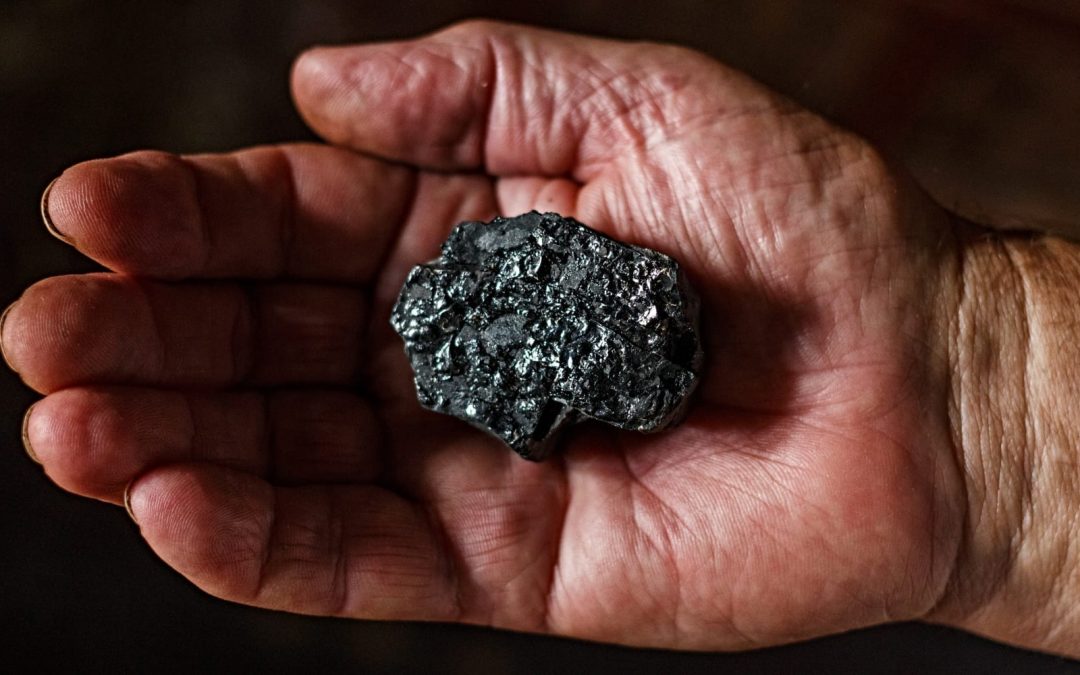What should investors do with their fossil fuel investments?
In early 2015, my wife, Margot, and I were asked to contribute to a collection of essays on fossil fuel divestment by Operation Noah, an organization based in the United Kingdom working to provide a Christian response to climate change.
We decided to use essentially secular ethical approaches to investigate the issue, and the result was published on the John Ray Initiative blog.
We concluded that more or less whatever ethical approach was used, continued investment in fossil fuels could not be justified.
Here, I want to concentrate on just one of those ethical approaches, what is sometimes called a “money-centric” ethic.
This ethic is a branch of anthropocentric ethics, but it is a very selfish one where we only consider the bottom line, and where profit is the only motive.
So, if we are money-centric we have little or no concern for poor people (or any other people) or the environment.
Writing in July 2018, I want to look at what a money-centric investor should do with their fossil fuel investments.
First, has anything changed between early 2015 and now? The biggest change can be summed up in one word, and that is “Paris.”
I remember spending the run-up to COP21, the Paris Climate Change meeting in December 2015, analyzing the meeting from every angle I could find.
On paper, the agreement was not that strong, but that neglected the businesses, the mayors, the nongovernmental organizations and all those outside the main conference hall.
And inside that hall, there were also many totally committed people who were going home to make the agreement work.
In my briefing, released the day after the meeting concluded, I commented, “Could it be that the spirit of the agreement was more important than what was written in it?” I think that statement has proven to be correct.
Despite one or two bumps along the way, the election of Donald Trump being the biggest, we have seen huge progress in the adoption of renewable technologies in just two and a half years.
At the same time, the fossil fuel industry looks weaker than it ever has.
The deployment of renewable energy technologies in the last two and a half years has seen a huge expansion. Here are a few examples: China, India, the United States and Spain.
There is no sign that this increase in renewables is likely to slow globally. Recently, the European Union decided to approve a target of 32 percent of energy to be provided by renewables by 2030.
As a result of the Paris Agreement and the rapid moves to decarbonize energy production, there are now increasing numbers of warnings about the so-called “carbon bubble.”
A recent report suggested that before 2035 we could see a sudden drop in demand for fossil fuels.
Bill McKibben, the well-known American environmentalist, might be expected to be biased in his assessment of the current state of the fossil fuel industry, but the sources he cites in his recent article, such as the Institute for Energy Economics and Financial Analysis are not. The fossil fuel sector faces major problems.
So, to conclude, if we took a totally money-centric approach, what should we do?
In the past, there would have been absolutely no doubts, and we would have invested very heavily in fossil fuels. We would have made a lot of money.
But now things are changing, and changing quite quickly. Even if we totally disregard the impacts on poor people and the environment, investing in fossil fuels is looking increasingly dicey.
So, a wise money-centric investor might now see the way the wind is blowing and get out before the bubble bursts.
I am completely sure that Christian institutions like the Church of England do not make their investment decisions entirely on money-centric ethics, but even if they did.
On July 8, 2018, the Church of England’s General Synod voted to sell their shares in fossil fuel companies that, by 2023, have not aligned their business plans with the Paris Agreement to keep the global temperature rises below 2 degrees Celsius (3.6F).
A version of this article first appeared on the JRI blog. It is used with permission.
An environmental scientist on the board of The John Ray Initiative, a UK-based charity connecting environment, science and Christianity. He recently published the 2nd edition of A Christian Guide to Environmental Issues and Green Reflections: Biblical Inspiration for Sustainable Living (both co-authored with his wife, Margot).


